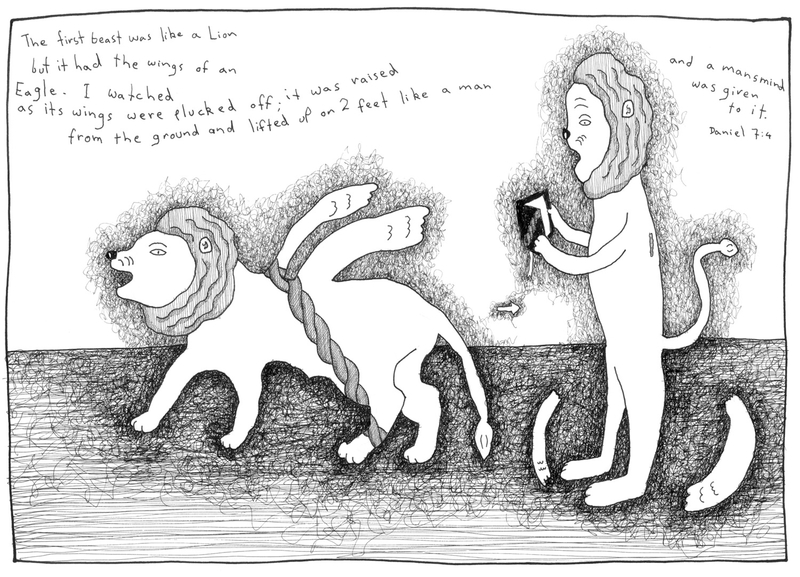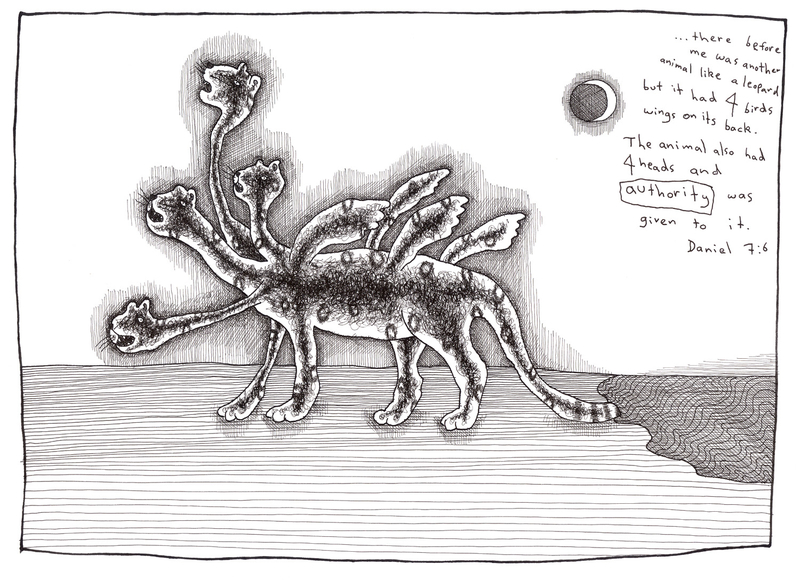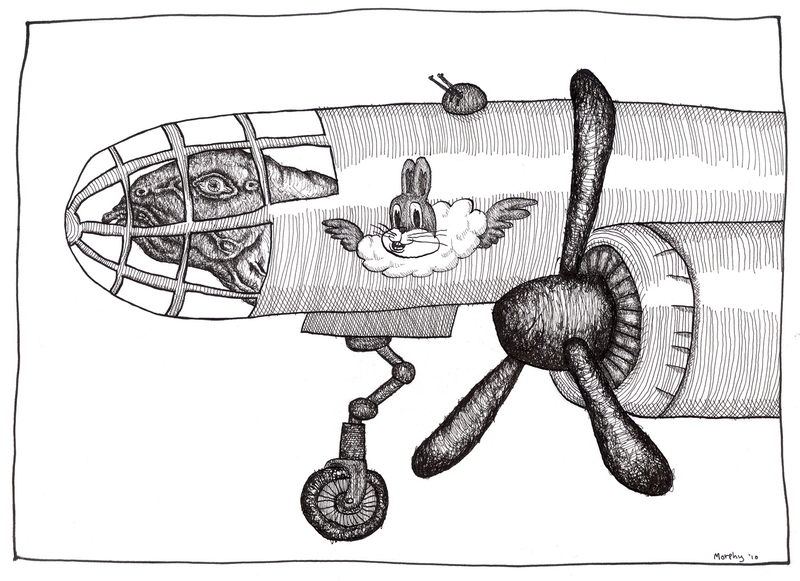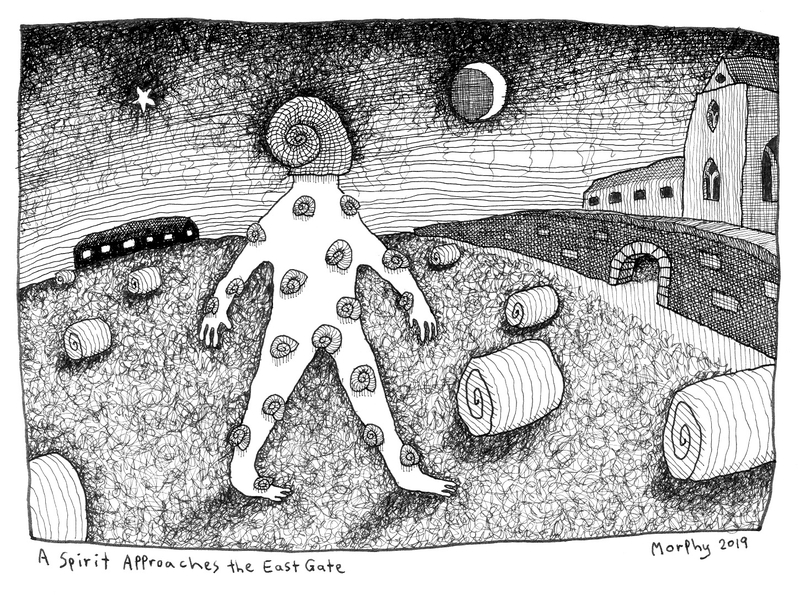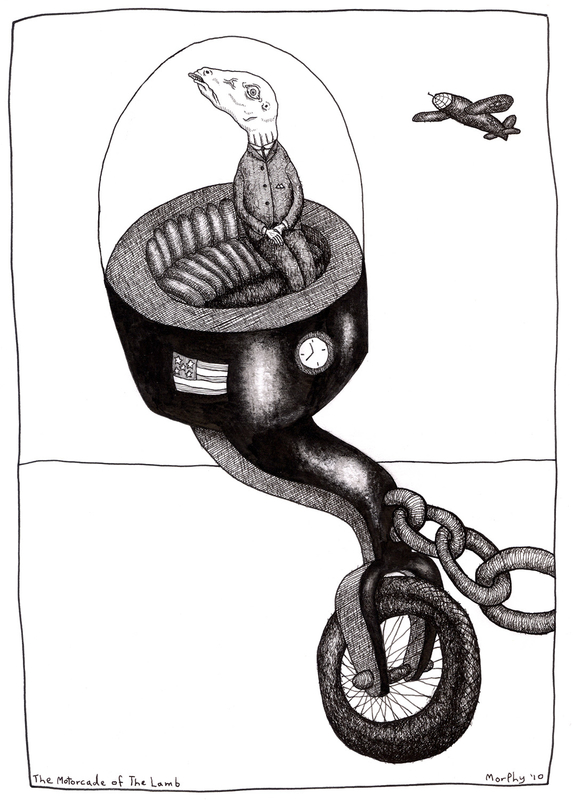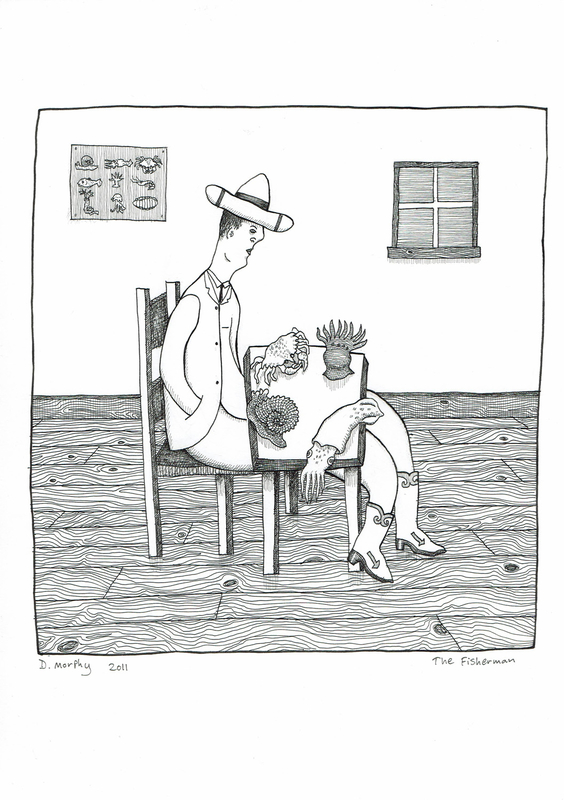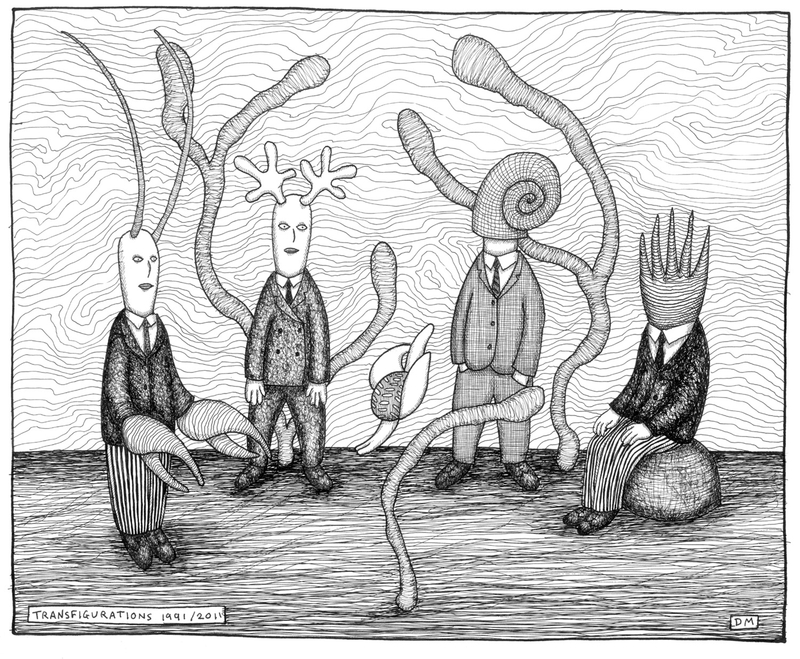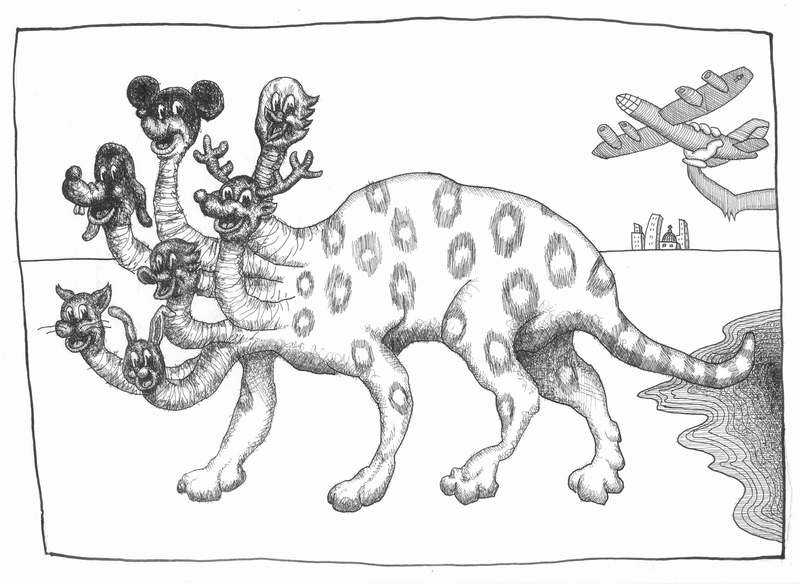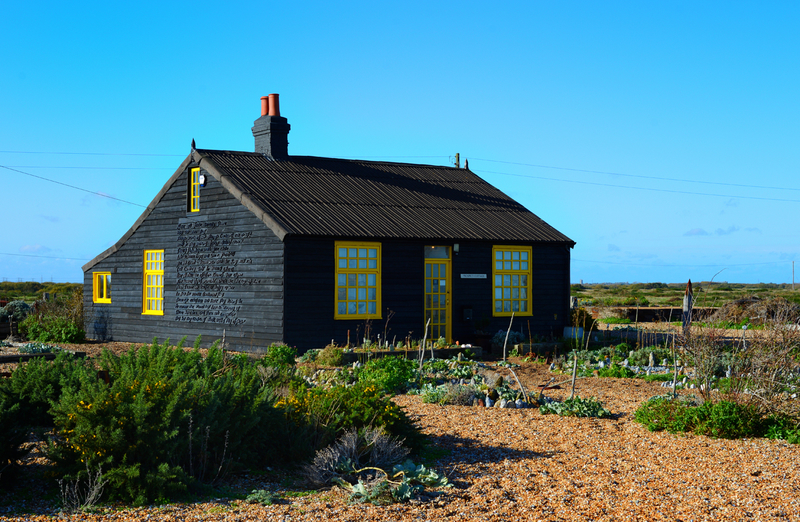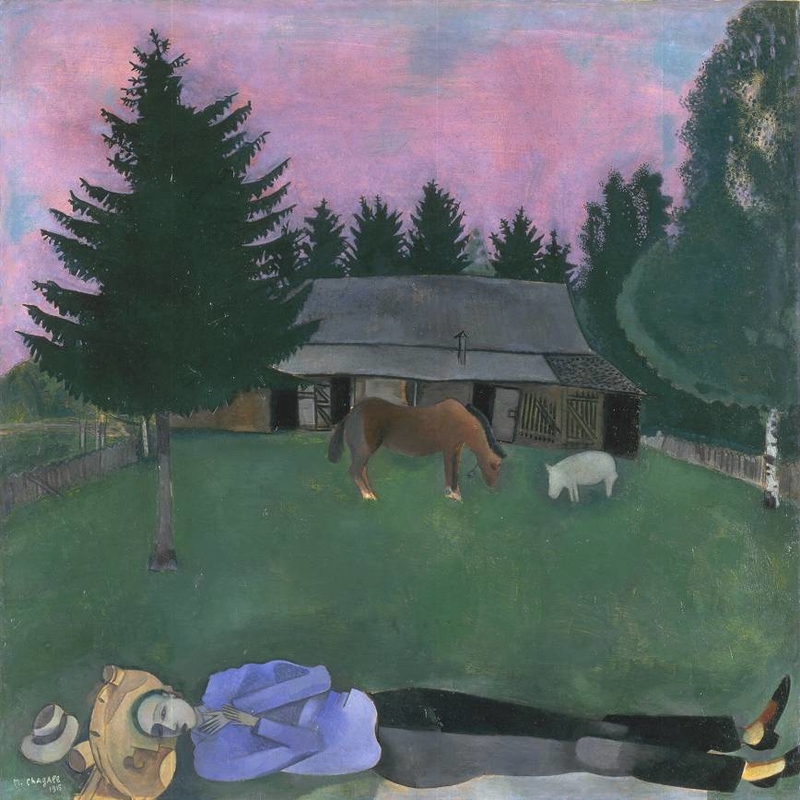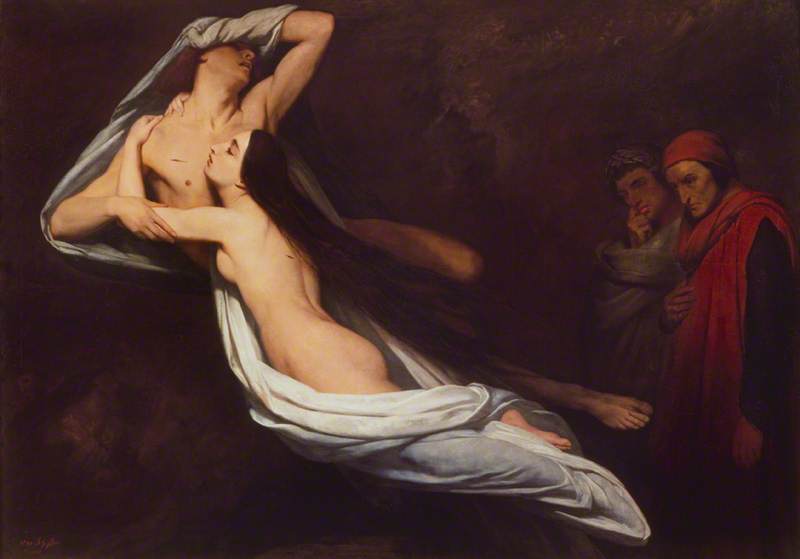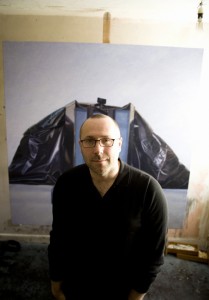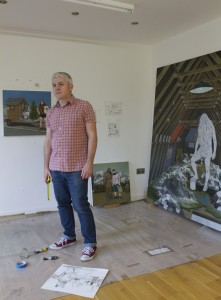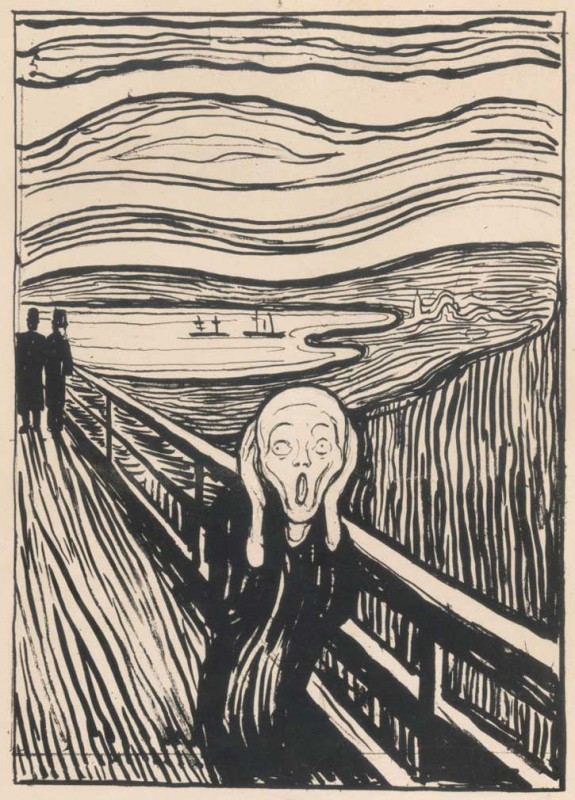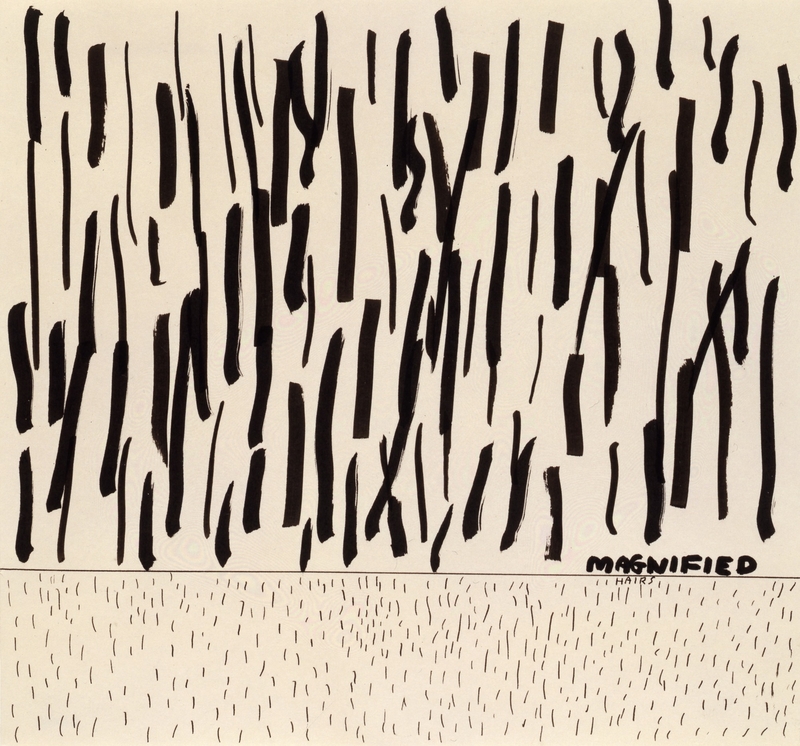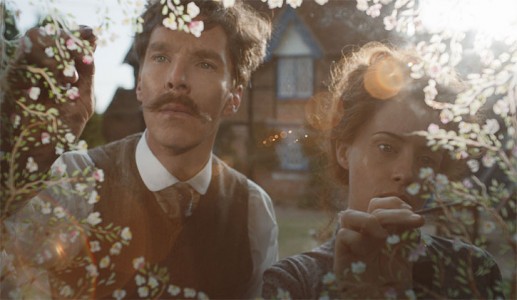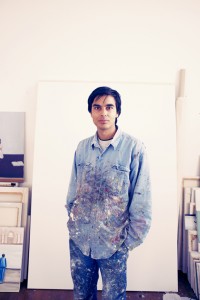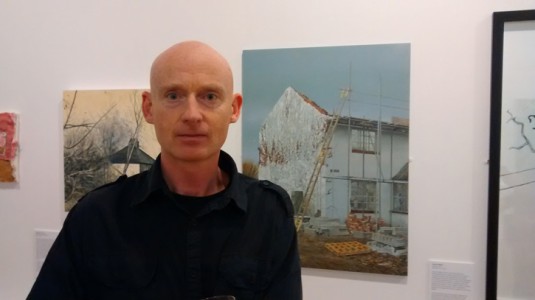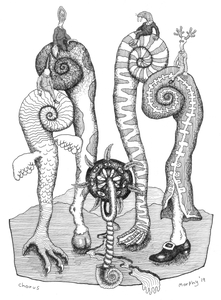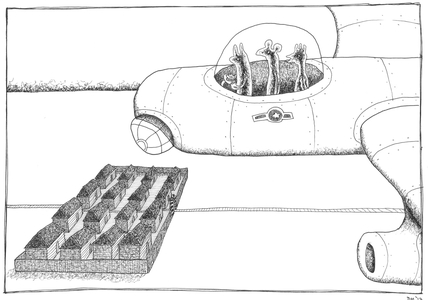'What is, is, and what might have been could never have existed.' – Edward Gorey
In the far northeast of Scotland, lies the beautiful Benedictine monastery of Pluscarden Abbey. Founded in 1230, it is surrounded by trees and a succession of rolling hills, whose purpose appears to be to simultaneously protect it from the outside world and embrace it in a deep sense of peace. The community of monks who live here live as their brothers before them, following the Rule of Saint Benedict. Amongst their community is Brother Daniel Morphy, who was born in Bromley, Kent in 1957.
Br Daniel spent part of his childhood growing up in Greece with his family. Whilst he was there, he found himself becoming more and more absorbed in the local religious culture of his adopted community. Of particular interest to him was a new series of frescoes which had been painted in the interior of a local church, which was part of the iconographic revival occurring in the country at the time.
Following his period in Greece, Br Daniel moved to London where he undertook a degree at Camberwell School of Art. It was during this period when, sometime around 1982, he says: 'I discovered by chance in a newsagent in Fulham Road a fat volume called The Apex Treasury of Underground Comix/The Best of Bijou Funnies. Featuring the work of American comic artists such as Robert Crumb, Art Spiegelman, Justin Green, Kim Deitch and many others from the 1960s generation. This changed my life; I started taking the idea of an art vocation seriously and thought I would make comix just like them.'
After his studies in London, Br Daniel moved to Pluscarden Abbey and began his juniorate for the Brotherhood. It was during this chapter of his life that he also began to study icon painting, a pursuit which both deepened his appreciation of art and enhanced his love of the iconographic revivalism he discovered in Greece. And so it was that as well as his daily duties as a monk, Br Daniel began to make sculptures, paintings and illustrations.
The Girl of His Dreams, She's Got Everything
2011
Daniel Morphy (b.1957) 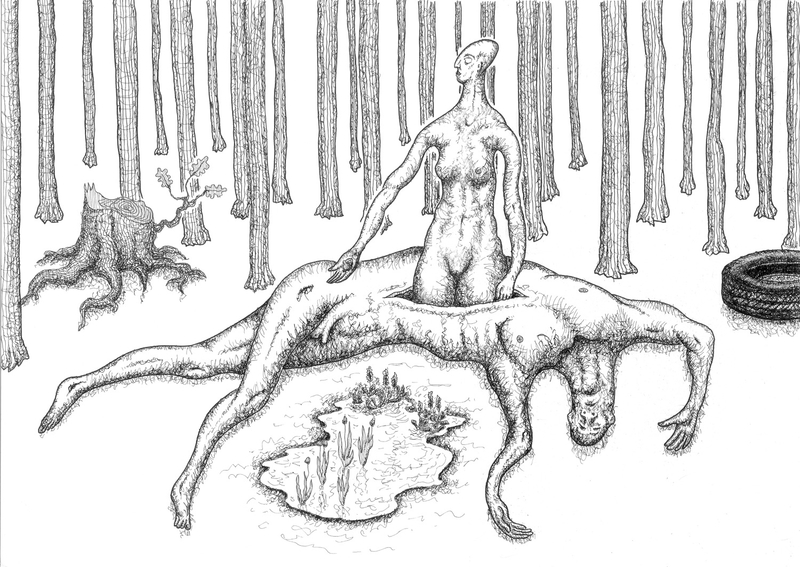
Books and manuscripts have always been central to the life of monks – indeed, the 48th rule of Saint Benedict prescribes extensive and habitual 'holy reading' for the brethren. This is enabled through the preservation and collection of sacred texts, which before the invention of the printing press, monks themselves would write and illuminate. Within the margins of these medieval handmade books, we are fortunate enough to regularly stumble across the imagery of the bizarre, where everything from monkeys playing the bagpipes to human-animal hybrids, weapon-wielding rabbits and mermaids have been depicted by the monks who illustrated them. This strange and irreverent illustrated humour is today known as 'Marginalia' and artists themselves are often the greatest admirers of these peculiar and challenging drawings, for they seem to clearly encapsulate the mind of a creator when it is at its most inventive and free.
Pages of 'The Rutland Psalter'
c.1260, manuscript created in England (possibly London) 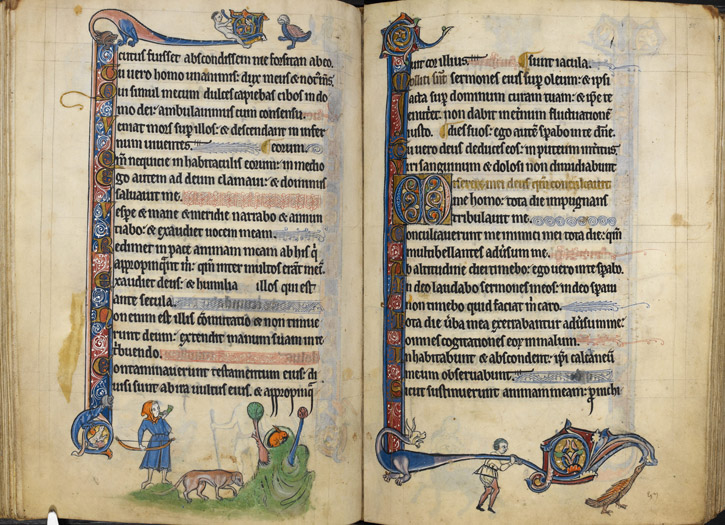
Indeed, it was upon seeing The Rutland Psalter (made in England in c.1260 and which contains some of the finest examples of marginalia) that the textile designer and poet William Morris said: 'Such a book! my eyes! and I am beating my brains to see if I can find any thread of an intrigue to begin upon, so as to creep and crawl towards possession of it.'
Today, marginalia can be said to have moved out of the margins and into the mainstream, where it proudly constitutes our comic and cartoon culture. This is exemplified by practitioners such as Hilaire Belloc, Edward Gorey and David Shrigley who have built on the work of artists of the past such as Lewis Carroll, Edward Lear and a host of anonymous monks to create a new language which speaks to our childlike fascination with the darker side of human nature and the humour which can be found within it.
And it is within this tradition that Br Daniel is producing some of his most interesting and engaging work, with cartoons such as The Fisherman, The Motorcade of the Lamb and Chorus which appear to effortlessly fuse the medieval with the contemporary.
In his work Transfigurations, for example, we see four suited men standing before us in a landscape which could or could not be underwater, each with some kind of animal head that links them directly to the human-animal hybrids found in books like The Rutland Psalter.
I asked Br Daniel if he could explain a little about his work and what it is trying to say to us. He replied: 'When they ask me what is it? What does it mean? I can only say "well, nothing really". But the work does say something, only I can't put it into words.' And that is perhaps our answer.
Br Daniel spends his life at Pluscarden Abbey operating to a daily routine and habit of devotion which has been observed there for 800 years. This practice gives his mind the gift of freedom to contemplate and wander, to visit places and people which could not possibly exist in our physical world. And he has then made them manifest, brought these new realms into being through the exercise of his imagination. Like faith itself, he has rendered the invisible, visible.
Robert Priseman, artist, curator and writer
